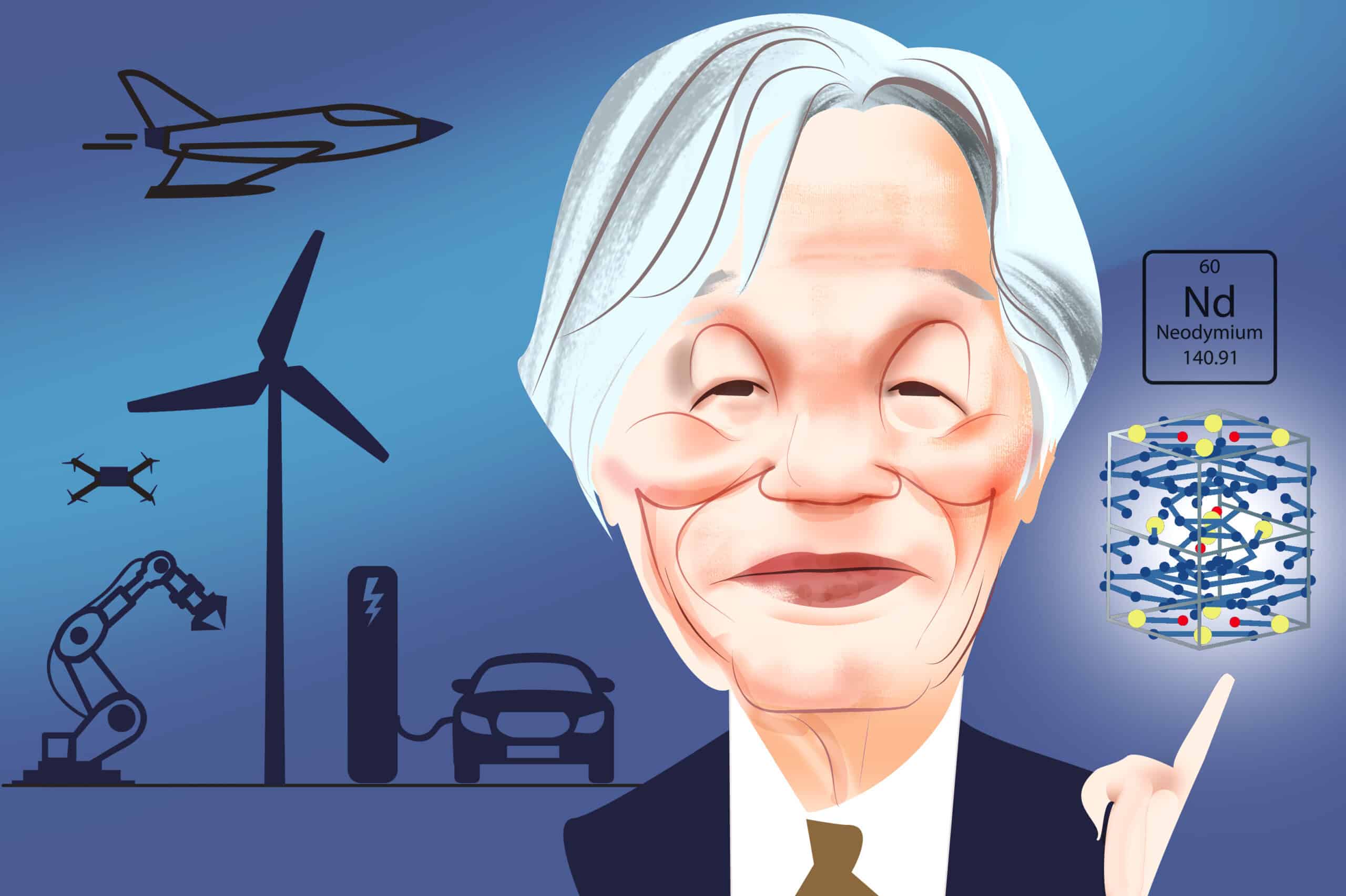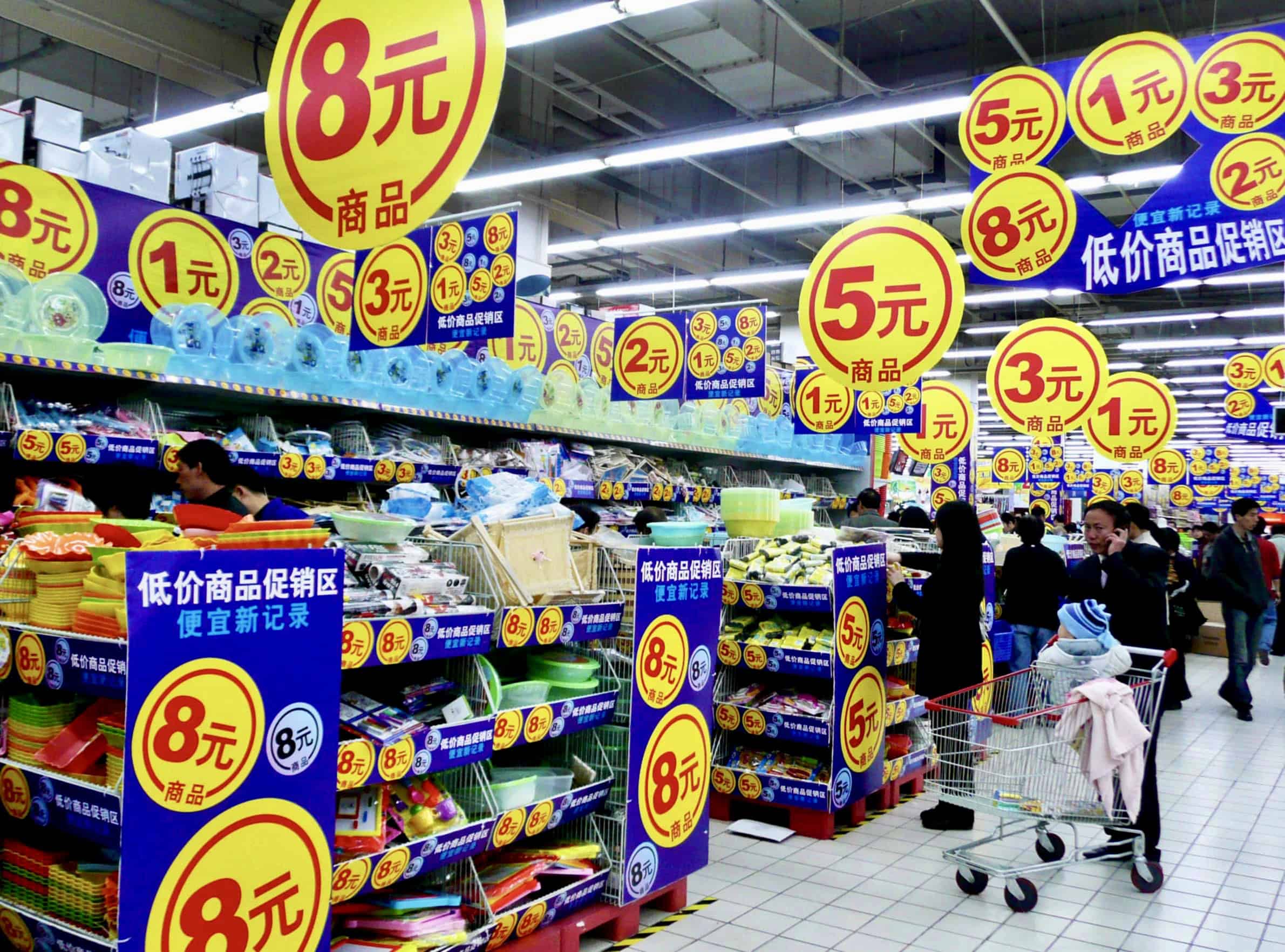Good evening. When Secretary of State Antony Blinken was scheduled to visit China earlier this month, many spectators hoped the trip would finally put a floor under the rapidly deteriorating relationship and allow for some kind of re-engagement. But then came the balloon. In this week’s cover story, Bob Davis reports on the current moment in U.S-China relations and what the balloon saga says about where it’s going. Elsewhere, we have infographics on the new China Select Committee in Congress; an interview with Mike Chinoy on the art of China watching; a reported piece on Virginia’s decision to reject the Ford-CATL battery plant; and an op-ed on China’s savings conundrum. If you’re not already a paid subscriber to The Wire, please sign up here.
Want this emailed directly to your inbox? Sign up to receive our free newsletter.
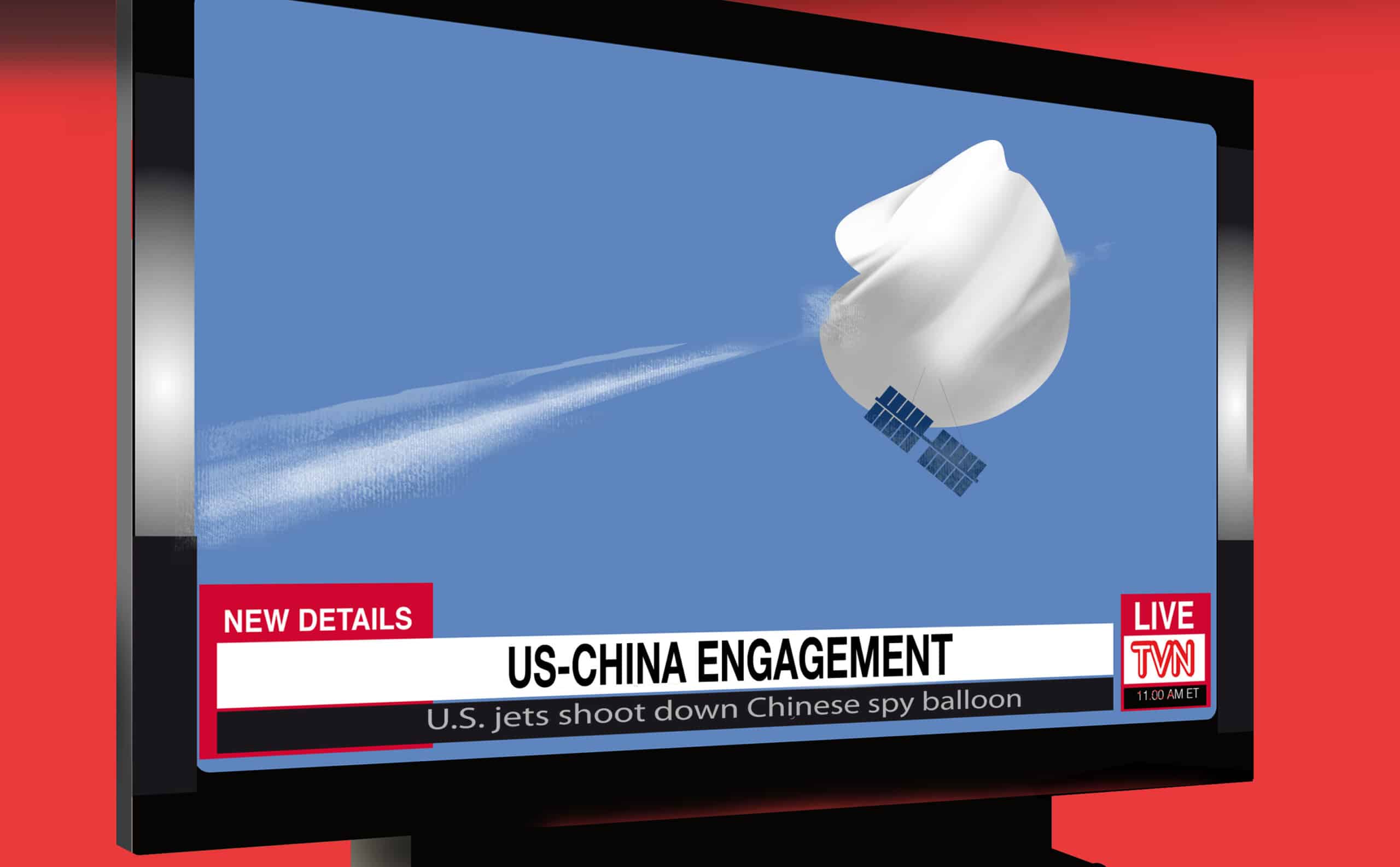
Disengaged
Even after the spy balloon drama postponed his trip to China, Secretary of State Blinken said the U.S. “remains committed to diplomatic engagement with China” and emphasized the need to de-escalate tensions. But as Bob Davis reports this week, what exactly that de-escalation looks like is increasingly unclear. The U.S. is frantically searching for a new framework to guide relations with China, and dust-ups like the spy balloon incident reveal just how difficult it will be to formulate any policy of re-engagement.

The Big Picture: Who’s Who on the China Select Committee
In January, U.S. representatives voted overwhelmingly (365-65) in favor of establishing the “Select Committee on the Strategic Competition Between the United States and the Chinese Communist Party.” This week’s infographics by Eliot Chen look at who is on the new China Select Committee, including the priorities of the members and staffers involved.
A Q&A with Mike Chinoy
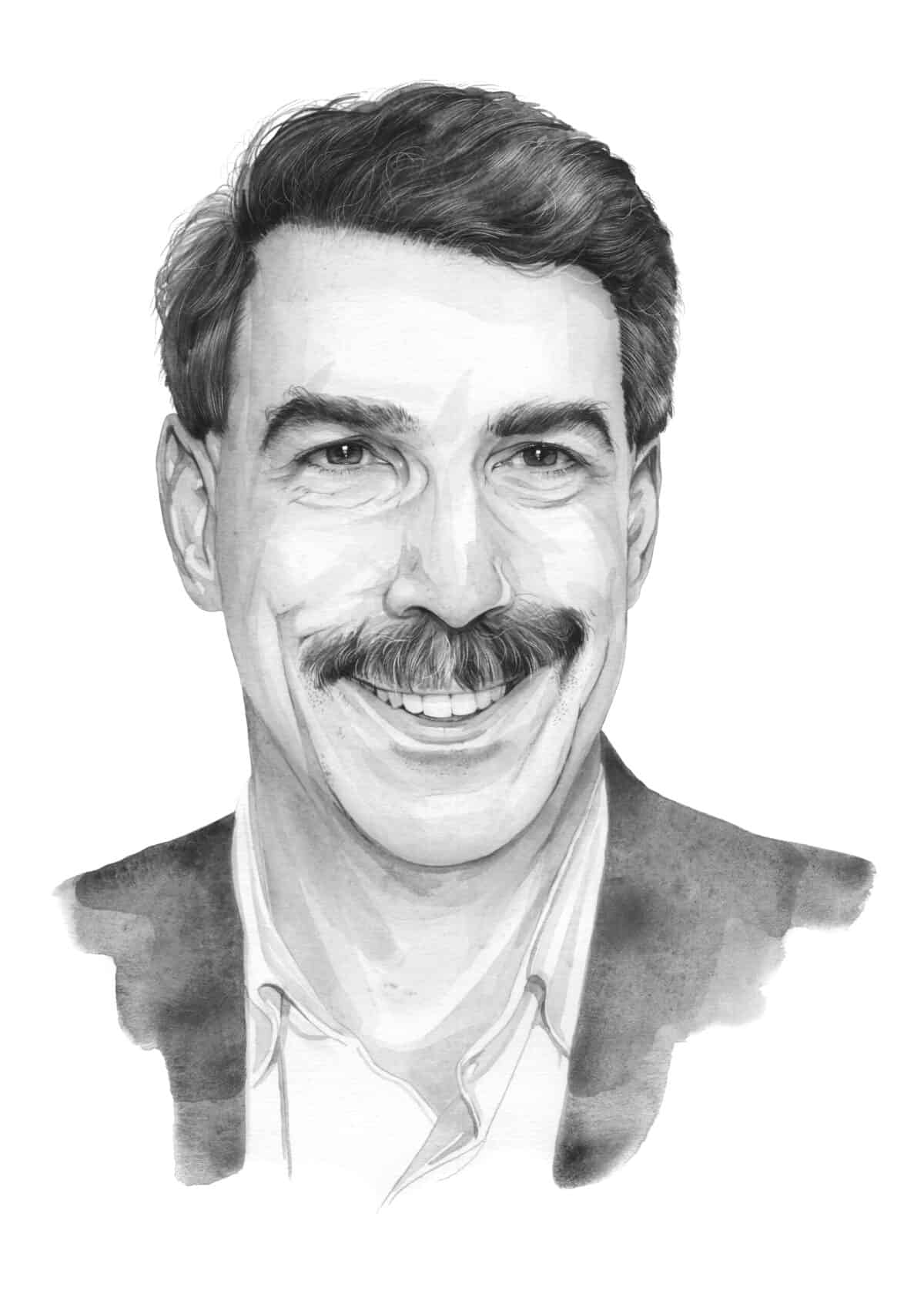
Mike Chinoy is a longtime foreign correspondent and writer who in the 1980s became CNN’s first Beijing bureau chief. Today, he is a non-resident senior fellow at the U.S.-China Institute at the University of Southern California, and his new book is Assignment China: An Oral History of American Journalists in the People’s Republic. In this week’s Q&A with Jordyn Haime, he talks about the art of China watching; the wall of secrecy created by the CCP; why China is particularly bad for foreign journalists now; and the consequences of the shrinking coverage of Chinese society.
Mike Chinoy
Illustration by Kate Copeland
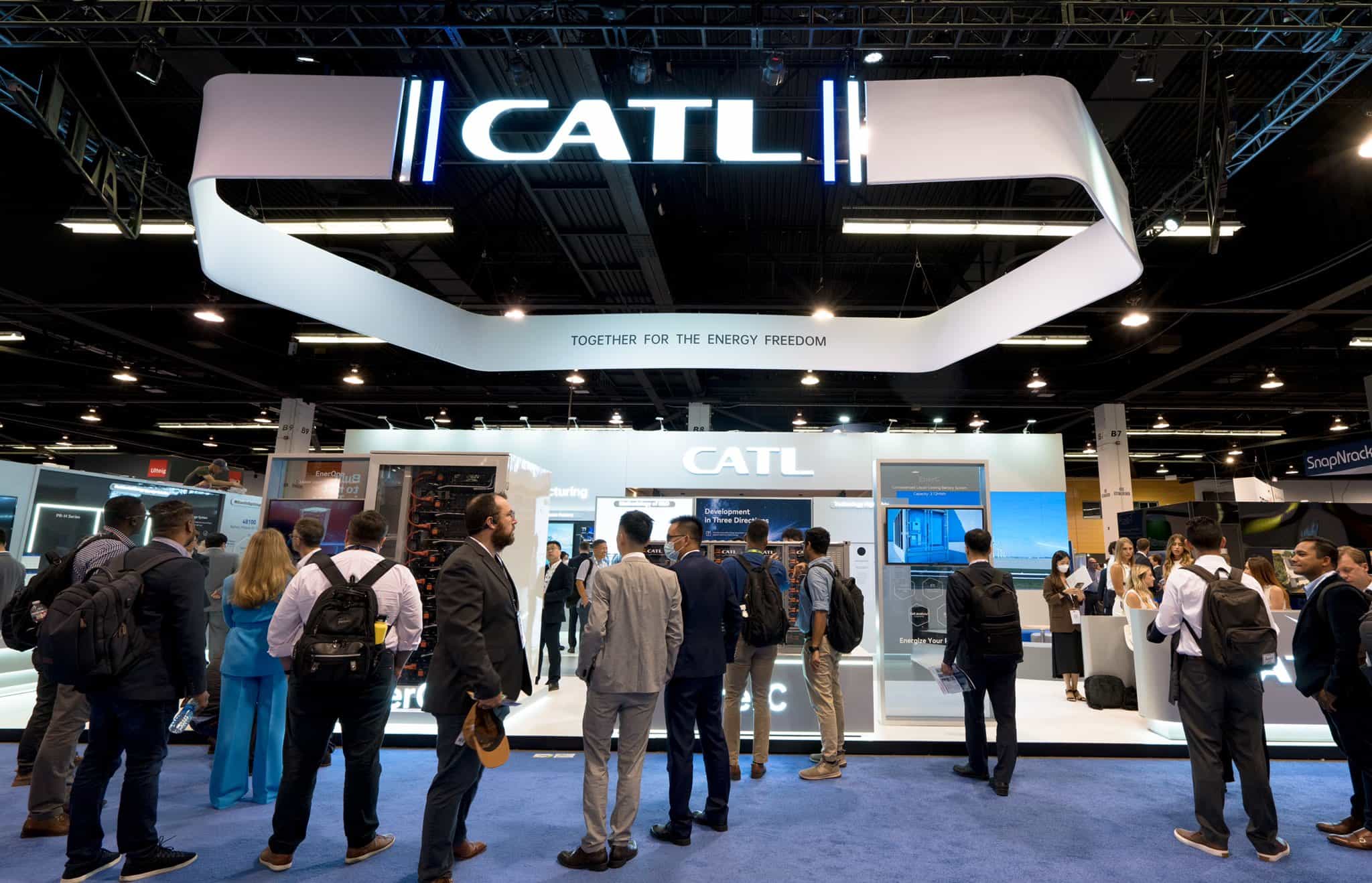
Virginia’s Missed Connection
When governor Glenn Youngkin blocked Ford’s planned battery plant with Chinese battery giant CATL, he told reporters it was not right to let the storied U.S. company become a “front for China to America.” But as Eliot Chen reports this week, some experts warn the move misunderstood the state of battery manufacturing and represents a missed opportunity.
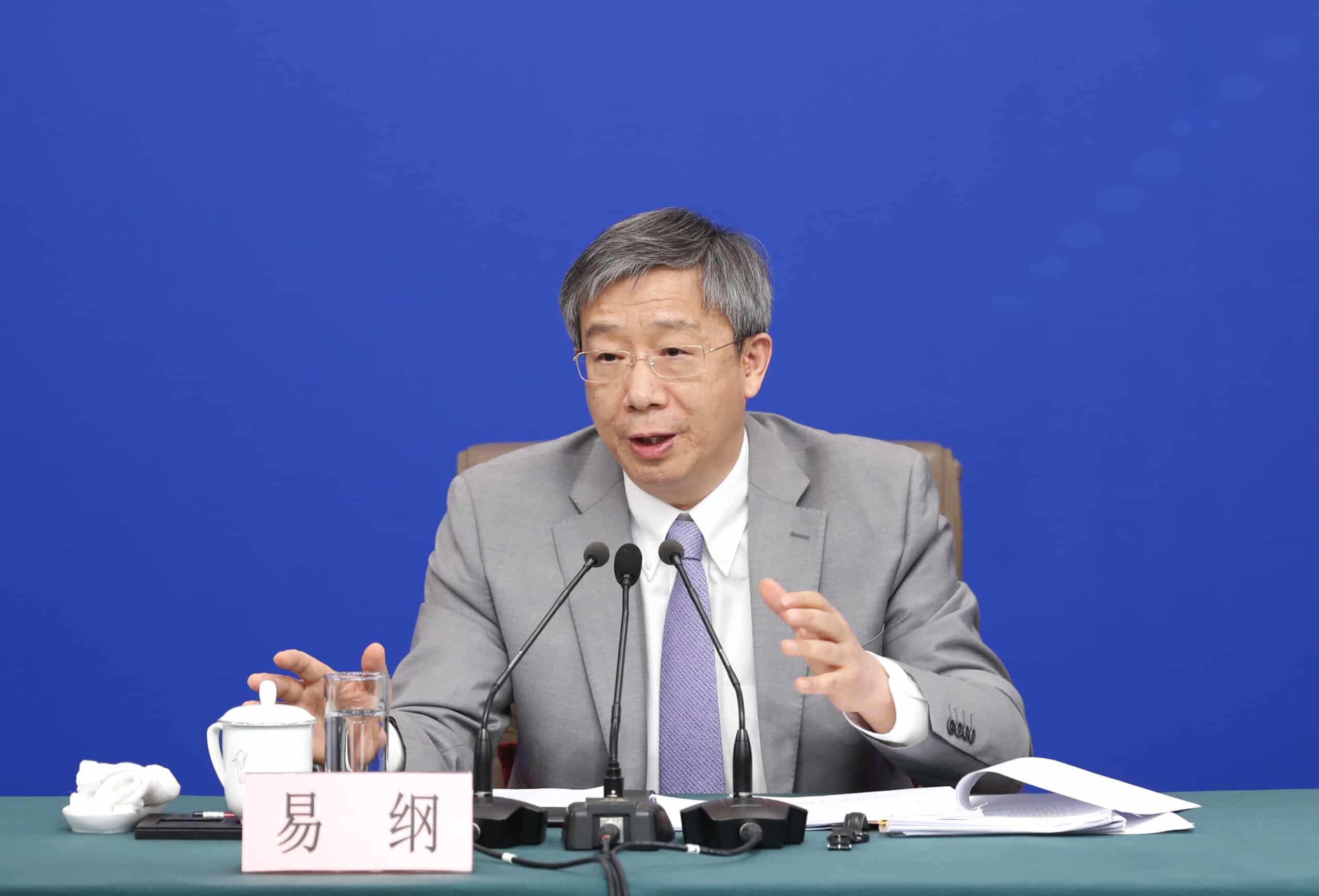
China’s Savings Conundrum
Forced to stay at home by stringent zero-COVID lockdowns, Chinese stashed $3.9 trillion in bank deposits last year. While many economists are pinning their hopes for a global recovery on a “revenge spending” spree by Chinese consumers, Zhang Jun argues that the increase in savings largely reflects economic uncertainty, rather than pent-up demand.
Subscribe today for unlimited access, starting at only $19 a month.

